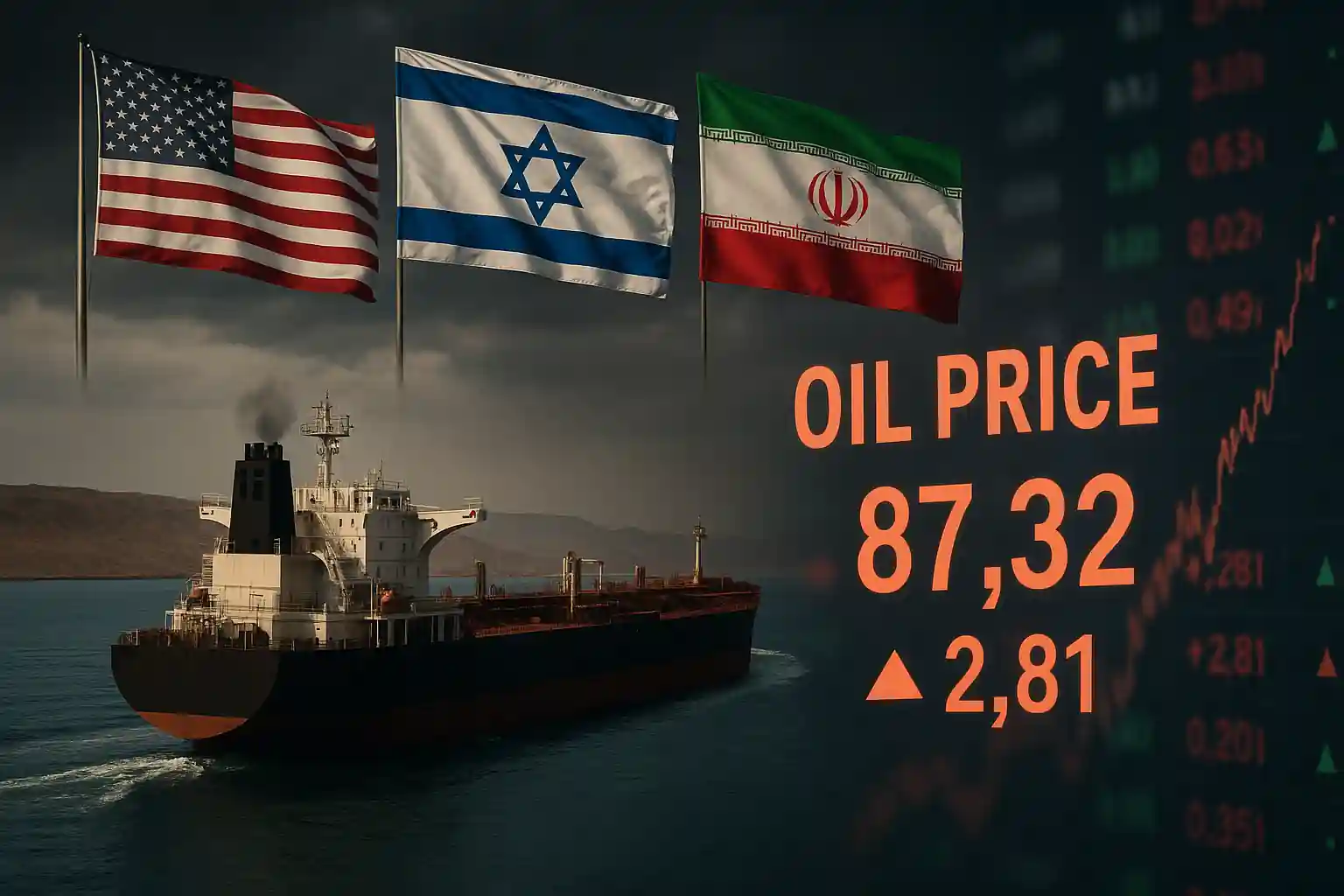Tensions in the Middle East Push Oil Prices Higher
Oil prices initially rose today after President Trump met with his security advisors overnight. The meeting sparked speculation that the U.S. might back Israel’s escalating conflict with Iran. Trump demanded Iran’s “unconditional surrender,” intensifying geopolitical concerns that could threaten oil supply.
Despite tensions, Iran hasn’t blocked traffic through the critical Strait of Hormuz. This waterway handles 20% of global oil shipments. However, signal disruptions from the Iranian port of Bandar Abbas have interfered with over 900 vessels. A collision between two oil tankers near the strait raised further concerns.
Signal Disruption Adds to Oil Market Volatility
Iranian jamming of navigational signals has worsened oil shipping risks. Though not a blockade, this disruption has indirectly impacted oil logistics. Traders are closely watching for any change that could squeeze supply. Markets remain sensitive to any shift in this region’s oil transit conditions.
Trade Tensions Weigh on Oil Prices
Oil prices remain pressured by U.S. tariff concerns. President Trump plans to send tariff notifications to dozens of trading partners. These measures are set to begin before the July 9 deadline. Markets fear that a trade war could stifle economic growth, reducing oil demand globally.
Storage Data Offers Support for Oil Bulls
Bullish momentum was seen after Vortexa reported a -7.2% drop in oil stored on tankers. As of June 13, only 73.97 million barrels remained on tankers stationary for at least a week. A lower level of floating storage typically signals strong consumption, lending support to oil prices.
OPEC+ Output Hike Fuels Glut Fears
Despite strong demand, concerns about oversupply persist. OPEC+ recently agreed to increase output by 411,000 barrels per day (bpd) for July. This follows a similar hike in June. Saudi Arabia may push for further increases to discipline OPEC+ members like Iraq and Kazakhstan that have exceeded quotas.
OPEC+ had planned to restore 2.2 million bpd gradually through late 2025. However, the full return is now delayed until September 2026. In May alone, OPEC’s production rose by 200,000 bpd to 27.54 million bpd. This signals a longer, drawn-out restoration of oil supply.
EIA Inventory Report Gives Mixed Signals
The latest EIA report showed a massive -11.47 million barrel draw in crude inventories, far exceeding expectations. Gasoline and distillate stocks also rose less than forecast, adding some bullish pressure on oil. Cushing supplies dropped nearly one million barrels, confirming physical tightness.
U.S. Oil Production Remains Steady but Below Peak
As of June 14, U.S. oil production held at 13.431 million bpd—just below the record 13.631 million bpd from December 2022. Meanwhile, the number of active U.S. oil rigs dropped by three to 439, the lowest in nearly four years. This decline may limit future supply growth.
Market Reacts to Potential De-escalation
Later in the day, oil prices reversed course. The market responded to reports that Iran may seek negotiations with the U.S. If confirmed, a de-escalation would reduce fears of conflict disrupting oil flows. Even with a weaker dollar and a bullish EIA report, oil fell amid this optimism.




